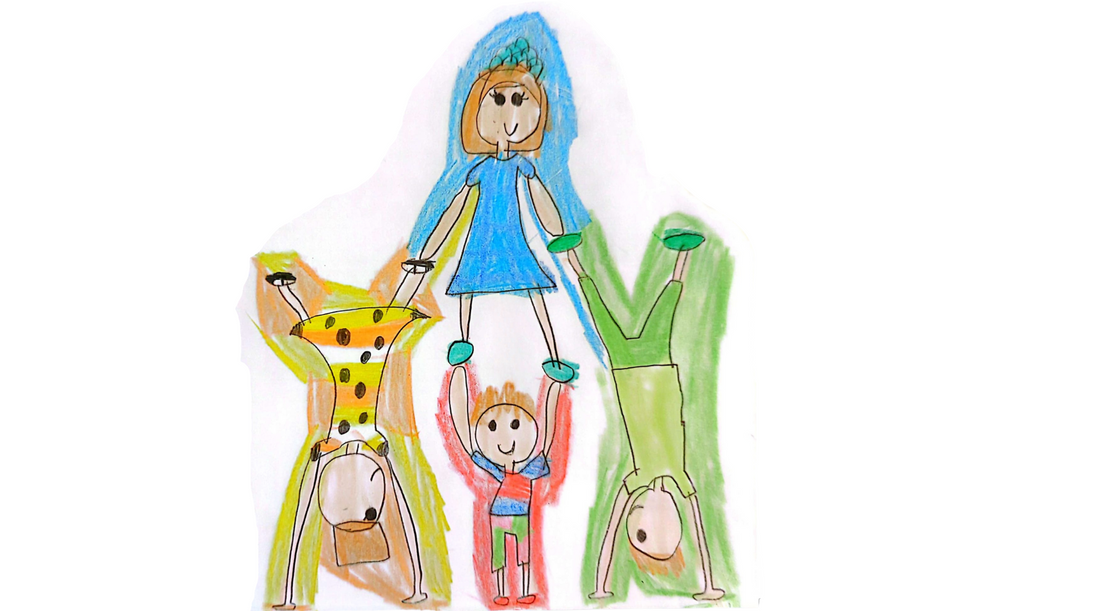In a world filled with high-tech toys and gadgets, sometimes the simplest playthings offer the most profound developmental benefits. Blocks are a timeless classic that has been captivating young minds for generations. But did you know that block play is more than just stacking and knocking down towers? It's a powerful tool that aids in your child's growth stages. Let's delve into the value of block play and explore its different stages.
Why Block Play Matters
Blocks are versatile, open-ended toys that encourage children to use their imagination and creativity. Here's why they're so valuable:
• Enhances Cognitive Development: Playing with blocks introduces basic math concepts like counting, geometry, and spatial reasoning.
• Improves Motor Skills: Manipulating blocks strengthens fine motor skills and hand-eye coordination.
• Boosts Language and Social Skills: Collaborative block play encourages communication, sharing, and problem-solving.
• Stimulates Creativity: Blocks allow children to build anything they imagine, fostering creativity and innovation.
The Stages of Block Play
Understanding the stages of block play can help you support your child's developmental journey effectively:
1. Exploration (Ages 1-2)
At this stage, children are getting acquainted with blocks. They explore blocks by touching, mouthing, and holding them. Dropping and banging blocks are common as they discover cause and effect. To support this stage, provide large, soft blocks that are safe for mouthing. Engage with them by stacking a couple of blocks and letting them knock them down.
2. Stacking and Rows (Ages 2-3)
Children begin stacking blocks vertically and lining them up horizontally. They'll attempt to build simple towers and create rows or patterns on the floor. Encourage their efforts by counting the blocks together. Celebrate their achievements to build confidence.
3. Bridging (Ages 3-4)
This stage introduces more complex constructions, like bridges. Two blocks are placed with a space between them, and a third block is laid across to form a bridge. Introduce concepts like "over" and "under." Provide vehicles or small toys to enhance imaginative play.
4. Enclosures (Ages 4-5)
Children start creating enclosed spaces with their blocks. As they understand boundaries and spaces, building walls, fences, and simple buildings becomes common. Ask open-ended questions like, "Who lives in your house?" to encourage storytelling and language development.
5. Complex Structures (Ages 5-6 and Up)
Advanced block play involves intricate designs and cooperative building. Children create detailed structures like castles, cities, and elaborate scenes, often collaborating with peers. To expand possibilities, provide a variety of block types (wooden, foam, magnetic). Encourage group projects to foster teamwork.
Tips to Enhance Block Play
• Provide Diverse Materials: To keep play interesting, include different types of blocks—wooden, foam, magnetic, or interlocking bricks.
• Create a Dedicated Space: Set up a safe, accessible area where structures remain undisturbed, allowing ongoing projects.
• Join in the Fun: Play alongside your child to model new building techniques and encourage collaborative creations.
• Incorporate Themes: Use blocks to explore themes like cities, space, nature, or stories from books you've read together.
• Encourage Storytelling: Ask your child to tell you about their structure, fostering language development and imagination.
The Lasting Impact of Block Play
Engaging in block play lays a strong foundation for future learning. It supports mathematical thinking and scientific reasoning and even prepares children for concepts in engineering and technology. More importantly, it nurtures a love for learning through play.
Understanding these stages empowers you to support your child's development effectively. Remember, the goal isn't to direct their play but to support and encourage them. Celebrate their creativity, and you'll help them build not only towers but also confidence, skills, and cherished memories.
So next time your child reaches for those blocks, know they're not just playing—they're building their future, one block at a time.

